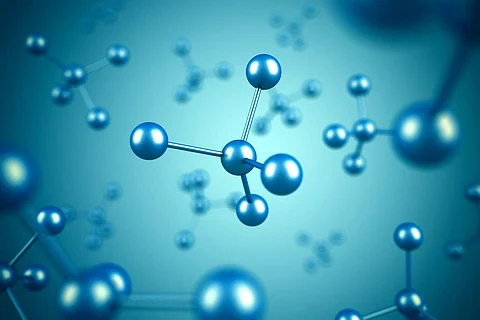

We live in a world plagued with chemicals and environmental disasters but some people like Dr D B Ramachary, professor at the School of Chemistry, University of Hyderabad are working hard to reduce the impact on the environment caused by the advancement in science and technology. And he has been invited to become a Fellow of the Royal Society of Chemistry, in recognition of his significant contribution to the chemical sciences, and in particular the critical contributions in developing new but green sustainable reactions.
Dr Ramachary’s lab at the University of Hyderabad has made some pathbreaking contributions in developing sustainable reactions that try to reduce the byproducts and even if there is it is just water and alcohol — both biodegradable. "We need to avoid using carcinogenic metals in the reactions. We, at our lab, are using the nonmetallic enzymes of the body to replicate the reactions and use it for the production of drugs. Filiduvir, a drug by Pfizer has used reactions we had pioneered here," said the professor.
His lab has contributed to both the achiral and chiral version of the organocatalytic reductive coupling reaction, dienamine-catalysis, aminoenyne-catalysis, base induced ring-opening (BIRO) reaction, organocatalytic TZC reactions, asymmetric supramolecular-organocatalysis, an enamine- and enolate-mediated organocatalytic azide–carbonyl [3+2]-cycloaddition reactions through bio-mimetic organocatalysis. These findings have received wide attention from researchers worldwide.
Dr Ramachary has more than 95 publications to his credit and has won other awards and recognitions like the Fellow of the Indian Academy of Sciences-Bangalore, BM Birla Science Prize in Chemical Sciences-2011, INSA Medal for Young Scientist-2006 and among other. He has also guided more than 15 PhD scholars and his research areas include Asymmetric Organocatalysis, Supramolecular-Organocatalysis and Designing New Chemical Reactions. "But the invitation to become a Fellow of the Royal Society of Chemistry is indeed good news. it gives us the push to do more and work harder. It is also reassuring to see that the Society is looking to include fellows from across the globe rather than people applying for it. It is certainly encouraging," he added.
The Royal Society of Chemistry is the world’s leading Chemistry community, advancing excellence in the chemical sciences with over 50,000 members and a knowledge business that spans the globe. It was formed in 1980 from the amalgamation of the Chemical Society, the Royal Institute of Chemistry, the Faraday Society, and the Society for Analytical Chemistry with a new Royal Charter and the dual role of learned society and professional body.
